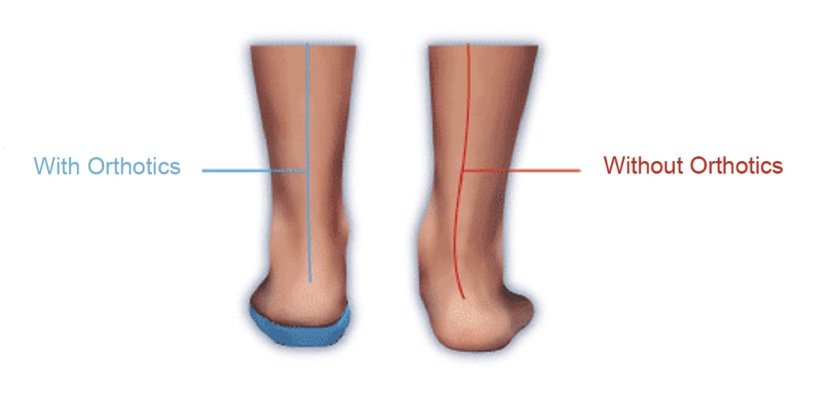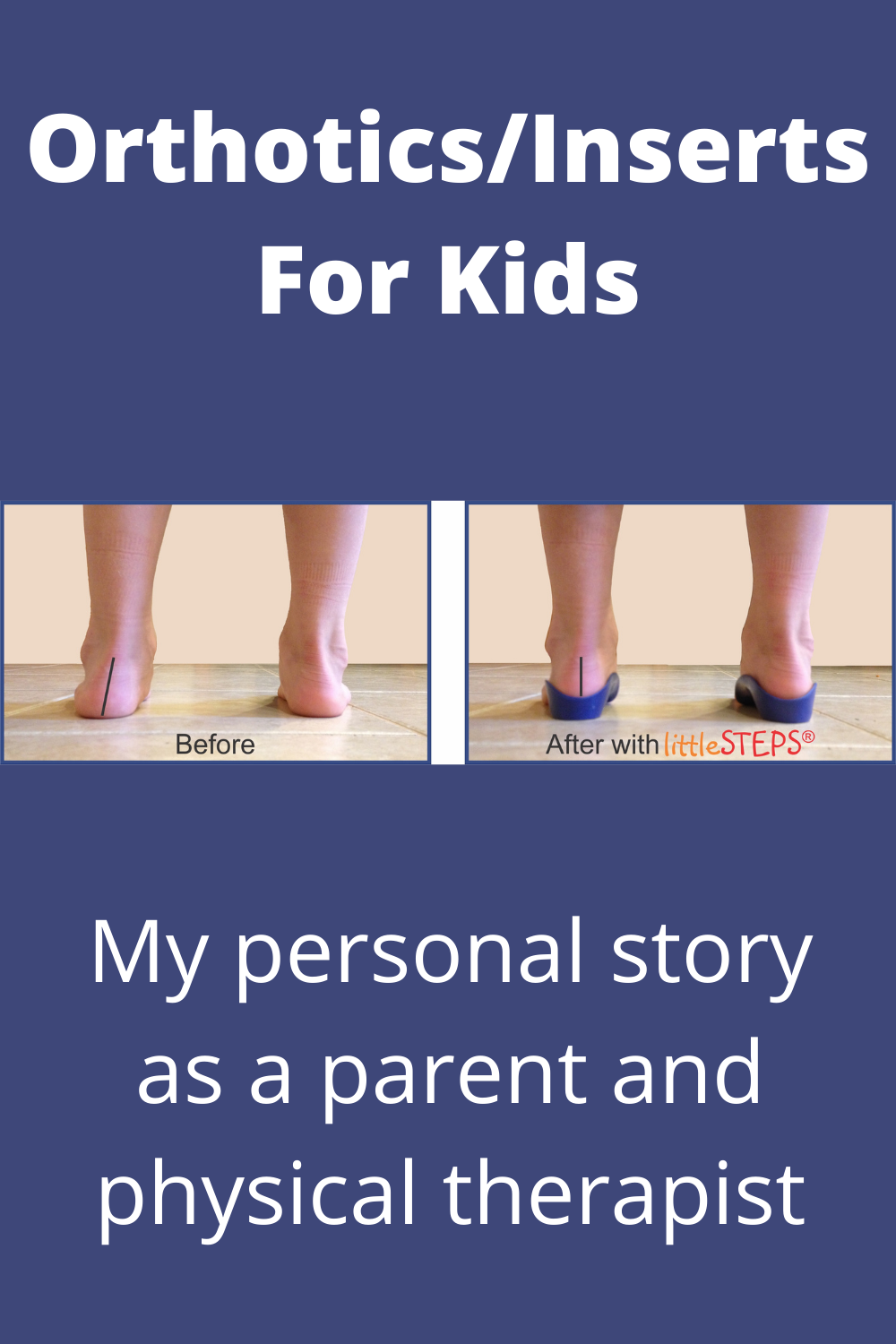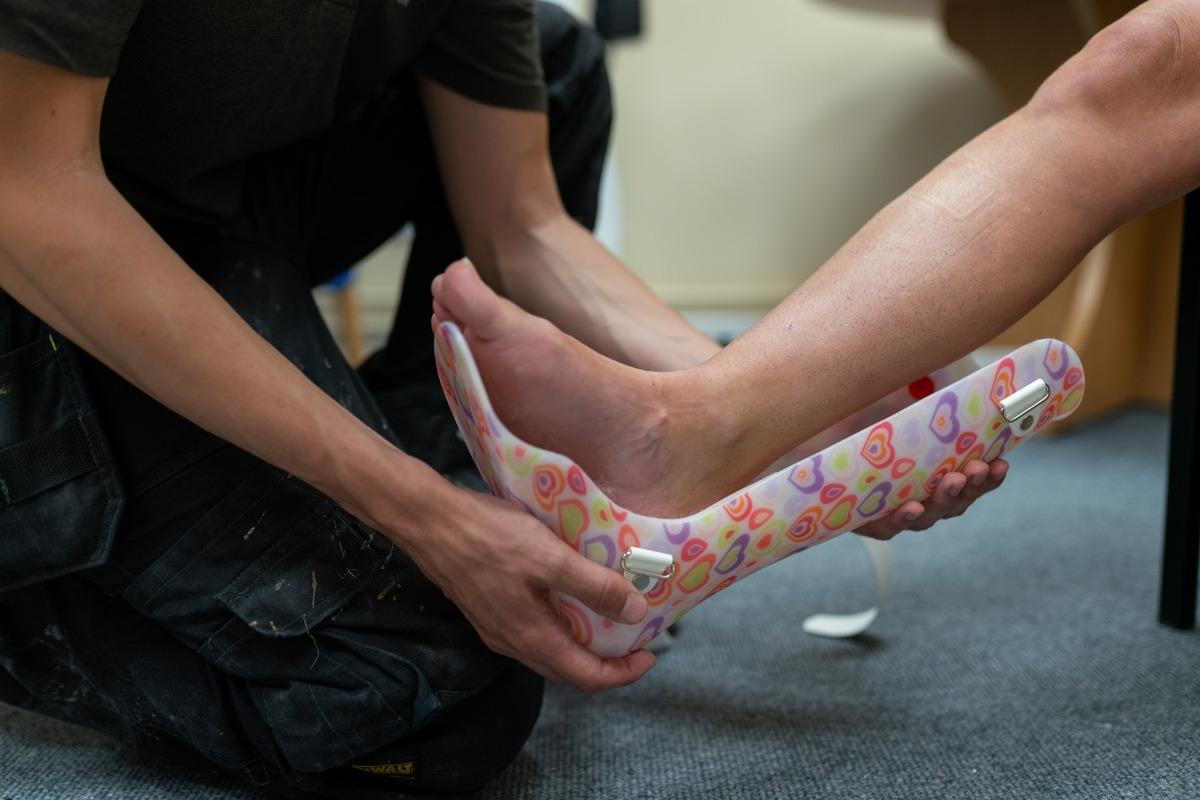Boot Fitting Challenges and Solutions Longmont CO
Boot Fitting Challenges and Solutions Longmont CO
Blog Article
Ski Boot Fit Adjustments Tips Wheat Ridge CO
Boot fitting for ski racing is a vital facet of the sport, enjoying a big function in performance and comfort. A well-fitted boot can enhance management, precision, and general enjoyment on the slopes. Ski racing requires the skier to exert immense pressure on their boots, making the proper fit a critical part in reaching optimum performance.
The process of boot fitting entails several intricate steps, beginning with understanding the skier's foot shape and measurement. Every foot is exclusive, and varied brands have completely different final widths, heel shapes, and instep heights. A trained boot fitter will take exact measurements, ensuring that the skier's foot is accurately represented within the selected boot model.
Once the measurements are obtained, the next stage is the selection of boots that align with the skier's talent degree and racing goals. For novice racers, a softer boot could provide some forgiveness and comfort. In distinction, more superior racers usually require stiffer fashions that facilitate larger vitality switch for heightened control, significantly at high speeds.
After choosing the right boot, the fitting process actually begins. This is where the boot fitter meticulously focuses on making a personalized fit, often known as "shell fitting." The boot is tried on with out the liner, allowing the fitter to assess how the shell of the boot contacts the foot. Gaps or pressure points could be recognized easily at this stage, with the aim being to remove any areas that would lead to discomfort over time.
Comfort Versus Precision in Boot Fitting Arvada CO
Heat molding is among the most important components of boot fitting. This includes heating the liner and generally even the shell, permitting it to mold across the skier’s foot. A correctly molded liner hugs the foot snugly, providing each heat and comfort. This warmth can prevent cold ft during long days on the slopes, a difficulty that many racers face.
While heat molding is essential, so is making nice changes during the fitting. Often, minor tweaks corresponding to footbeds or insoles may be essential. A customizable footbed can considerably improve fit, cushioning, and general support. It can also enhance alignment, which is key for minimizing fatigue and sustaining control during high-speed runs.
Fitting Challenges for Ski Boots Loveland CO
It’s necessary to contemplate the flex index of the ski boots. Various producers price flex in a special way, however usually, junior racers require a softer flex to promote mobility and adaptability as they're nonetheless creating skills. More superior rivals usually go for a stiffer flex that translates into better vitality transmission and responsiveness when carving turns.
Another consideration in boot fitting for ski racing is the stance alignment. Proper alignment of knees, hips, and ankles is important for efficient vitality transfer and stopping accidents. The boot fitter will assess this alignment and make adjustments, if essential, to ensure that the skier is in the most effective position for performance.
The Importance of Proper Boot Fit Thornton CO
The position of socks can't be ignored in terms of boot fitting. Specialized ski socks, usually made from materials designed for moisture-wicking and insulation, play an important role in sustaining warmth. Additionally, they may help reduce friction inside the boot itself, lowering the likelihood of blisters throughout extended intervals of skiing.
Communication between the skier and the boot fitter is crucial throughout the fitting process. Skiers ought to voice any discomfort or pressure points they could really feel, allowing the fitter to handle those issues instantly. This back-and-forth helps ensure the ultimate product will meet the skier's particular needs and preferences.
Fitting Challenges for Ski Boots Broomfield CO
Finally, making an attempt the boots on the snow is irreplaceable. An initial fitting can really feel great in the shop, however skiing places a different set of calls for on the boots. If a skier can, they need to test the fit on a follow run or training course to verify comfort and performance. This real-world testing helps to identify minor changes that will not have been obvious during the fitting.
In conclusion, boot fitting for ski racing is a meticulous and customized process that greatly impacts a skier’s performance. The correct fit enhances comfort, ensures management, and minimizes the risk of damage. By investing time and attention into finding the proper boots, racers can focus on what they love most – the joys of the race.
The collaboration between the skier and the boot fitter is essential in navigating this complex journey. A good fit not solely improves performance but also fosters enjoyment in the sport. Through high quality fitting, attention to detail, and personalised changes, skiers can take advantage of their racing expertise and reach their full potential on the slopes.
- Precise measurements of foot size and width are essential for attaining a comfortable fit, minimizing motion that can have an effect on performance throughout races.
- Ski boot liners must be heat-molded to ensure a custom fit, allowing for enhanced comfort and improved vitality transfer to the ski.
- The flex rating of a ski boot ought to match the athlete's snowboarding style, with stiffer boots recommended for advanced racers who require higher management at excessive speeds.
- Ankle and heel hold is crucial; fit specialists often employ numerous methods to make sure these areas are securely locked in place.
- Proper alignment of the boot cuffs can considerably impact balance and edge control, making it critical for racers to have well-adjusted cuff positioning.
- The tongue of the boot should ideally present constant pressure throughout the instep, stopping discomfort and enhancing responsiveness.
- Using footbeds or custom insoles can enhance foot assist, offering higher stability and reducing fatigue during long races.
- Attention to vent placement is important; adequate ventilation helps regulate temperature, preventing numbness or discomfort during runs.
- Evaluating the skier's technique and stance can guide specific boot adjustments, tailoring the fit to enhance overall performance on the racecourse.
- Consistent follow-up adjustments post-fitting can help address any discomfort that may arise during training, guaranteeing peak performance throughout competitions.undefinedWhat is boot fitting for ski racing?
Men's and Women's Ski Boots Fit Loveland CO
Boot fitting for ski racing is the process of customizing ski boots to ensure optimum fit, comfort, and performance on the slopes. It entails adjusting varied components to boost your snowboarding expertise and obtain extra environment friendly power transfer.

Why is proper boot fitting essential for ski racing?
Boot Fitting Resources for Skiers Northglenn CO
Proper boot fitting is essential for ski racing as a outcome of it permits for higher management, responsiveness, and luxury. A well-fitted boot may help stop accidents and enhance general performance by making certain that skiers can keep proper technique and balance.
How do I know if my ski boots fit correctly?
You can determine if your ski boots fit accurately by checking for a comfortable fit with out pressure points. Boot Fitting Process Explained Wheat Ridge CO. When buckled, your toes should slightly brush the front of the boot, and there ought to be minimal motion of your heel. A certified boot fitter can even conduct a professional evaluation
Boot Fitting and Repair Services Golden CO
What customizations can be carried out through the boot fitting process?
Customizations in the course of the boot fitting process can embody heat molding liners, adjusting buckles, including custom footbeds, and modifying the shell. Each adjustment is tailor-made to accommodate your distinctive foot shape and skiing style, enhancing comfort and performance.
How long does the boot fitting process take?
Boot Fitting Instructions for Beginners Thornton CO
The boot fitting process usually takes wherever from 1 to three hours, relying on the level of customization needed. This timeframe allows for thorough evaluations, adjustments, and testing to ensure the very best fit.
Can I ski immediately after getting my boots fitted?
It's advisable to allow some time to break in your newly fitted boots before heading out to ski. While you can definitely attempt them on and stroll round in them, snowboarding with them for a few hours helps ensure they settle into the fit and improve comfort.
How typically ought to I get my ski boots fitted?
Optimal Fit for Ski and Snowboard Boots Superior CO
It's beneficial to get your ski boots fitted every few seasons or every time there are noticeable modifications in your foot shape, discomfort arises, or if your skiing style changes significantly. Regular evaluations help maintain the best fit and performance.
What ought to I deliver to a boot fitting appointment? (What happens in a ski boot fitting? Broomfield CO)
For a boot fitting appointment, wear or bring the socks you typically ski in, as they can affect fit. Additionally, consider bringing any present ski gear, corresponding to your skis and bindings, to assist the fitter assess your full setup.
Ideal Conditions for Ski Boot Fitting Wheat Ridge CO
Are there particular concerns for girls or racers with distinctive foot shapes?

Yes, women and racers with distinctive foot shapes may have specialised boots or custom modifications. Women's ski boots typically have totally different flex patterns and shapes, whereas unique foot shapes may require custom footbeds or shell modifications for optimal performance.
What if I experience discomfort after my boot fitting?

If you experience discomfort after your boot fitting, it is important to return to your fitter. They can assess the problems and make essential changes (Ideal Conditions for Ski Boot Fitting Wheat Ridge CO). Addressing discomfort early on can stop performance issues and improve your snowboarding expertise
advice redirected here Report this page